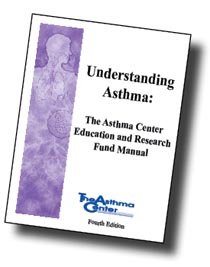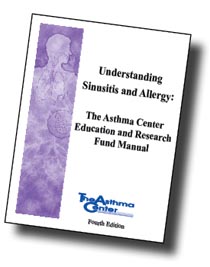Physical urticaria
One type of chronic urticaria is physical urticaria. This is defined as urticaria which occurs following exposure to a physical factor such as heat, cold, exercise, physical pressure, sun, or water.
Physical urticarias include:
Dermatographism: Dermatographism is the presence of line-shaped redness, itching and swelling that occurs within minutes after the skin is stroked, such as with scratching or with light pressure such as occurs with tight areas on clothing or belts. These lesions usually disappear within less than 20 minutes. Dermatographism can occur alone or with chronic urticaria.
Cholinergic urticaria: Cholinergic urticaria is common. In this kind of urticaria small pinpoint hives are induced by heat exposure or activities that cause an increase in body temperature. This often responds to treatment and may resolve after two to three years.
Cold Urticaria: Cold urticaria is triggered by exposure to cold liquids or solids such as cold foods and drinks, snow, ice, or even air-conditioning. While most people with cold urticaria have hives that respond easily to treatment, rarely underlying diseases can be present. Swimming in cold water can result in life-threatening allergic reactions for someone with cold urticaria. If you have this condition, do not swim alone, and have a plan and medical supplies for emergency treatment.
Delayed Pressure Urticaria: Delayed pressure urticaria is actually angioedema. Large areas of often painful deep tissue swelling occur hours after physical pressure. Triggers include manual labor or standing on a hard surface such as rocks. Delayed pressure urticaria is often difficult to treat but may respond to aspirin, Motrin, or corticosteroids.
Other causes of physical urticaria have been related to heat, sun light, vibration and even exposure to water.



